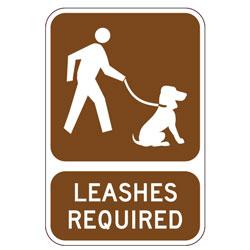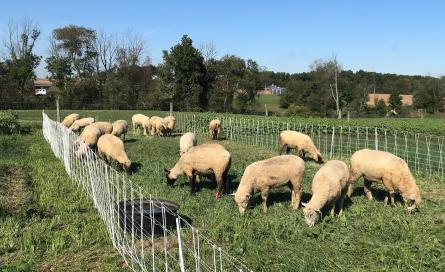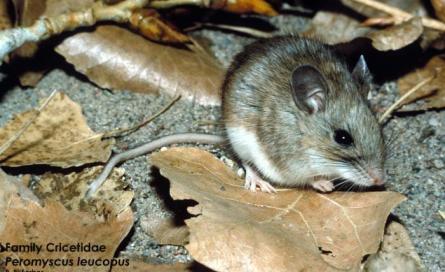Keep Pets Inside
The best way to keep pets safe is to keep them indoors when they cannot be supervised. If pets are in a fenced area they should be monitored, as coyotes are very smart and can find ways around fences if they are interested in something on the other side. Outdoor pets face many more dangers than just coyotes, such as increased risk of disease, getting hit by cars, weather-related illness, and incidental poisoning.
Do Not Put Food Outside
Putting pet food outside is particularly attractive to a large number of wild animals, including coyotes and skunks. If you are feeding outdoor pets, bring the food back inside when the pets are not eating so that wild animals do not have access to it. Even if pet food is in bags or containers, they might still be accessible to a persistent animal. An animal that finds food near your house is more likely to return to look for more. Avoid any association between your home and access to food for wild animals.
Food attractants include household garbage. A lot of what we consider "waste" still smells like food to a wild animal. Raccoons and coyotes have very sensitive noses and will investigate food smells. Make sure all garbage is in properly secured bins so that animals do not have access to it and learn to come look for it.
Leash Pets When Outside
Our pets love walking and hiking as much as we do! If you walk with a pet outside, ensure they are on a leash. Even well-trained pets can run off if something is alluring enough, like a new smell or a strange animal (like a coyote). A coyote may not fear Fido, but they are likely afraid of you. Keep your pets near you, secured with a leash, so everyone is safe.




